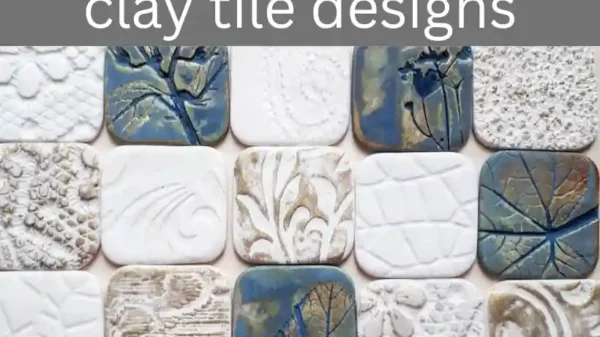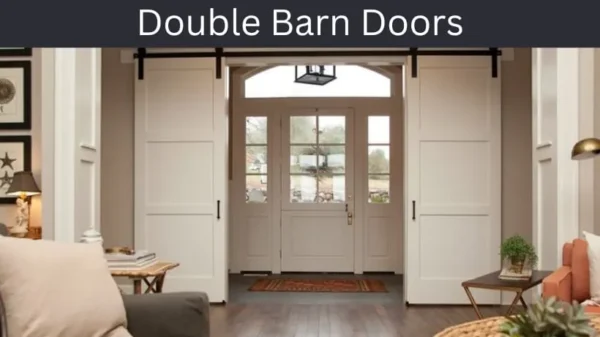Used garden stones, also known as reclaimed or repurposed stones, are stones that have been used in landscaping but have been given a second chance at life. These stones might have come from a building site, a garden, or a demolition. Instead of being thrown away, they are recovered and used again, frequently for a lot less money than brand-new stones. Used garden stones are a popular option for both landscapers and homeowners due to their lovely aged appearance and more environmentally friendly impact. We’ll go over what used garden stones are, their advantages, types, typical applications, and locations in this tutorial.
What Are Used, Garden Stones?
Stones that have been taken out of old buildings, walkways, or garden designs and utilized again for fresh landscaping projects are known as used garden stones. Many stones are perfect for reuse because of their inherent resilience, which allows them to endure years of use. They can be made of different materials, shapes, and sizes, and each one gives the landscape a distinct look. You may design gardens and outdoor areas that are both economical and ecologically conscious by using repurposed stones.
Benefits of Using Used Garden Stones
Homeowners and landscapers use garden stones for their projects for a variety of reasons. Here are a few of the main advantages:
1. Cost-Effective
Saving money is one of the main benefits of using used garden stones. Because they don’t need to be quarried or processed again, used stones are usually less expensive than new ones. This makes them a great option for landscapers on a tight budget or anybody wishing to lower project costs without compromising quality.
2. Environmentally Friendly
It is more environmentally friendly to reuse stones rather than purchase new ones. Energy use and habitat disruption are two major environmental effects of the new stone quarrying technique. By choosing recycled stones, you can lessen the need for fresh quarrying, which saves energy and materials necessary for shipping and mining.
3. Unique Aesthetic Appeal
Used stones frequently have a weathered appearance or natural patina that gives them beauty and character that new stones don’t have. Depending on how they are used, their aged appearance can give a garden a rustic, antique, or even modern sense. Your landscaping can be genuinely unique because of the distinct texture and tone that each recycled stone contributes.
4. Durability
Many kinds of stone can endure for decades without degrading because they are so resilient. Because of their resistance to weather, stones like granite, cobblestone, and flagstone can maintain their structural integrity even after years of use. Selecting used stones guarantees that the product you purchase has already demonstrated its resistance and durability.
5. Ease of Access
It may be simpler to locate used garden stones than to find new ones. Used stones are commonly accessible for domestic use thanks to the abundance of landscaping businesses, building sites, and internet marketplaces that sell them.
Types of Used Garden Stones
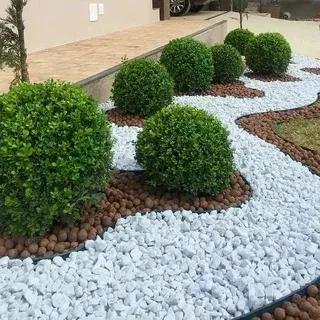
There are many various kinds of used garden stones, and each is appropriate for a certain landscaping use. Below is a summary of some of the most widely used kinds:
Flagstone:
Flagstone is frequently used for patios, sidewalks, and stepping stones because of its flat, irregular shape. It gives any area a natural appearance and is simple to arrange in various configurations.
Cobblestones:
Traditionally, streets and walkways were made with these little, spherical stones. Cobblestones are ideal for giving your yard an old-world charm, particularly for garden edging, borders, and paths.
River Rocks:
River rocks are commonly utilized for borders, water features, and attractive beds because of their smooth, rounded appearance. Reclaimed river rocks can give your yard a gentle, natural feel.
Granite Pavers:
Granite is extremely resilient to weathering and long-lasting. Reclaimed granite pavers add a classic beauty to any landscaping project and are frequently used for driveways, patios, and paths.
Limestone and Sandstone:
Because of their softer textures and lighter colors, limestone and sandstone can give gardens a cozy, earthy feel. These stones are perfect for planter bases, garden edging, and walls.
Popular Uses for Used Garden Stones
There are many inventive methods to improve outdoor areas with old garden stones. The following are some of the most widely used applications:
1. Walkways and Pathways
Constructing stunning walkways and pathways is one of the most popular uses for reclaimed stones. For these locations, flagstone, cobblestones, and granite pavers are perfect because they offer a sturdy walking surface and are aesthetically pleasing. You can take guests through various areas of your garden and create a sense of flow with a stone pathway.
2. Patios and Outdoor Seating Areas
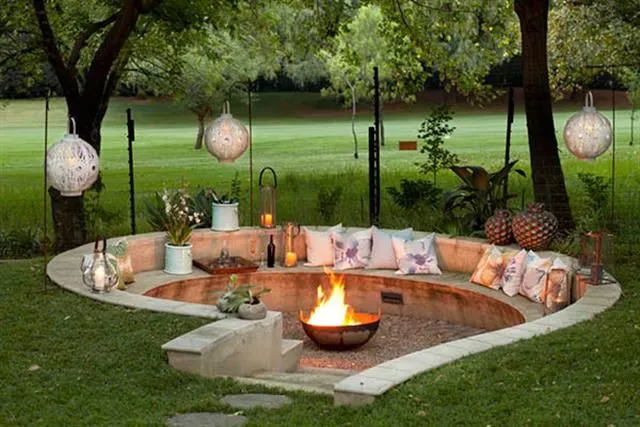
A gorgeous patio area can be created with used garden stones, especially granite pavers and flagstones. Their weathered appearance can lend coziness and a natural charm to the space, and their resilience allows them to endure foot traffic and outside conditions. In your garden, a stone patio can be a focal point and a place to congregate or unwind.
3. Garden Borders and Edging
Smaller used stones, such as cobblestones or river rocks, work well as garden bed borders and edging. You may improve the overall look of your landscaping by creating a defined boundary by using stones to line flower beds or garden areas. Additionally, stones can help keep flower beds in shape and stop soil erosion.
4. Rock Gardens and Decorative Beds
Another common use for leftover garden stones is to create rock gardens. Drought-resistant plants can be paired with stones of different sizes and shapes to give the landscape texture and interest. Stone-adorned decorative beds give landscapes depth and can be positioned to resemble organic structures.
5. Retaining Walls
Retaining walls in gardens are frequently constructed using huge pavers and stones like limestone. In addition to giving a garden depth and structure, retaining walls aid in halting soil erosion on sloping terrain. Reclaimed stones can be stacked to create a wall that is both aesthetically beautiful and useful.
6. Water Features
Water features like ponds, fountains, and dry creek beds frequently use reclaimed stones. Because they resemble natural riverbeds, smooth river rocks are particularly well-liked for water components. To merge water features into the environment, stones can also be utilized around the edge of a fountain or pond.
Where to Find Used Garden Stones
It’s not as hard as you would imagine to find secondhand garden stones. These are a few typical sources:
Landscaping supply yards:
Many landscape supply companies offer reclaimed stones at discounted prices.
Construction and demolition sites:
Some building businesses are willing to sell or give away the stones they are abandoning from construction sites.
Online Marketplaces:
People sell or give away unwanted garden stones on well-known websites like Craigslist, Facebook Marketplace, and Freecycle.
Stone Yards and Quarries:
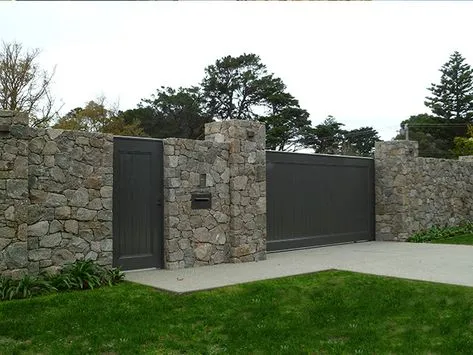
Some quarries provide recovered stones or remains as a less expensive option than newly mined materials.
Caring for Used Garden Stones
Due to their inherent durability, used garden stones require little maintenance. Here are some pointers to maintain their excellent appearance:
Regular Cleaning:
Use a garden hose or broom to clear away any dirt or debris. Staining and accumulation can be avoided with a mild rinse.
Seal Porous Stones:
A sealer can help shield stones like limestone from water or soil stains. It’s usually sufficient to apply sealant once a year.
Weed Prevention:
In patio areas or paths, placing landscaping cloth underneath stones helps minimize weed growth, maintaining the cleanliness of your stones and requiring less upkeep.
Routine Inspection:
Make the required corrections to maintain the structure’s soundness after looking for any loose stones or shifting in the walls or paths.
Conclusion
An eco-friendly, reasonably priced, and aesthetically pleasing option to improve any garden or outdoor area is recycled garden stones. They can be used for patios, rock gardens, paths, and more because of their inherent toughness and distinct charm. You may help create an environmentally responsible landscaping solution that lowers waste and gives your house classic charm by using reused stones. Used garden stones are a beneficial addition to your landscape, regardless of whether you’re an eco-conscious gardener or a frugal homeowner.
FAQs
1. Are used garden stones more affordable than new stones?
Yes, used garden stones are a cost-effective choice for landscaping on a tight budget because they are usually much less expensive.
2. Where can I buy used garden stones?
They can be found at internet marketplaces, construction sites, landscaping supply yards, and even quarries or stone yards.
3. Do used stones need maintenance?
Although they usually don’t need much care, porous stones can benefit from periodic cleaning and sealer application to maintain their aesthetic appeal.
4. Are used garden stones environmentally friendly?
Indeed, recycling stones makes them a more environmentally responsible landscaping option by lowering the need for mining and quarrying.
5. Can I use reclaimed stones for building a patio?
Of course! Reclaimed stones, such as granite pavers or flagstone, are frequently used to build stunning, long-lasting patios.



